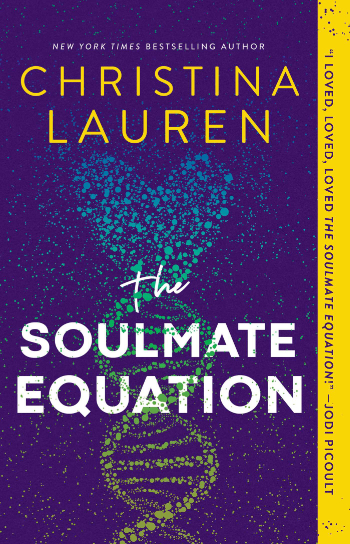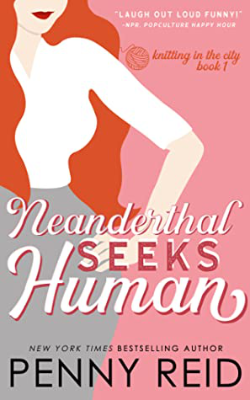Platonic relationships in literature occupy a special place in the world of fiction. While romantic relationships often take center stage in novels, the bonds forged between friends, mentors, and comrades can be just as impactful and emotionally resonant. Here, we explore ten of the most memorable platonic relationships in books that showcase the depth and complexity of human connection.
1. Frodo and Sam (The Lord of the Rings by J.R.R. Tolkien): The friendship between Frodo Baggins and Samwise Gamgee is at the heart of Tolkien’s epic fantasy series. Sam’s unwavering loyalty and devotion to Frodo as they embark on their quest to destroy the One Ring is a testament to the power of friendship in the face of adversity.
2. Scout and Atticus (To Kill a Mockingbird by Harper Lee): The relationship between young Scout Finch and her father, Atticus, is a touching portrayal of paternal love and guidance. Atticus’s moral strength and integrity serve as a guiding light for Scout as she navigates the complexities of the world around her.
3. Hermione and Harry (Harry Potter series by J.K. Rowling): While many fans may have hoped for a romantic connection between Hermione Granger and Harry Potter, their friendship remains strictly platonic throughout the series. Hermione’s intelligence and resourcefulness complement Harry’s bravery and determination, making them a formidable duo.
4. Elizabeth Bennet and Charlotte Lucas (Pride and Prejudice by Jane Austen): Elizabeth Bennet and Charlotte Lucas’s friendship offers a nuanced exploration of female camaraderie and the compromises women often make in the pursuit of security and societal acceptance. Their bond is tested but ultimately endures throughout the novel.
5. Ishmael and Queequeg (Moby-Dick by Herman Melville): The unlikely friendship between Ishmael, a sailor, and Queequeg, a harpooner from the Pacific Islands, serves as a beacon of tolerance and acceptance in Melville’s classic novel. Their mutual respect and understanding transcend cultural differences and unite them in their shared pursuit of adventure.
6. Anne Shirley and Diana Barry (Anne of Green Gables by L.M. Montgomery): Anne Shirley and Diana Barry’s friendship is a source of joy and comfort in the idyllic setting of Avonlea. Their imaginative escapades and unwavering loyalty to each other underscore the transformative power of friendship in shaping one’s identity.
7. Sherlock Holmes and Dr. John Watson (Sherlock Holmes series by Arthur Conan Doyle): The partnership between the brilliant detective Sherlock Holmes and his loyal friend and companion, Dr. John Watson, is a legendary example of camaraderie and mutual respect. Watson’s unwavering support and admiration for Holmes showcase the enduring bond between these two iconic characters.
8. George and Lennie (Of Mice and Men by John Steinbeck): The friendship between George Milton and Lennie Small is a poignant depiction of loyalty and sacrifice in Steinbeck’s novella. George’s protective instinct and Lennie’s childlike innocence create a touching dynamic that resonates long after the story’s tragic conclusion.
9. Don Quixote and Sancho Panza (Don Quixote by Miguel de Cervantes): The relationship between the delusional knight-errant Don Quixote and his loyal squire, Sancho Panza, is a comedic and philosophical exploration of idealism and pragmatism. Sancho’s down-to-earth perspective offers a grounding influence to Don Quixote’s fantastical quests.
10. Katniss and Rue (The Hunger Games by Suzanne Collins): The brief but impactful friendship between Katniss Everdeen and Rue in the dystopian world of Panem is a poignant reminder of the bonds that can form in the face of adversity. Rue’s innocence and bravery leave a lasting impression on Katniss, inspiring her to fight for justice and compassion.
These ten platonic relationships in literature demonstrate the myriad ways in which friendship, mentorship, and camaraderie can shape and enrich our lives. From steadfast companionships to transformative alliances, these bonds serve as a testament to the enduring power of human connection in the world of fiction and beyond.



